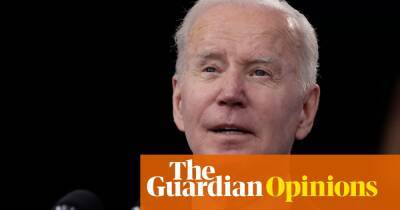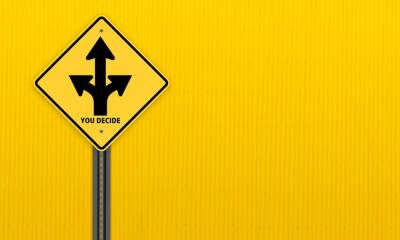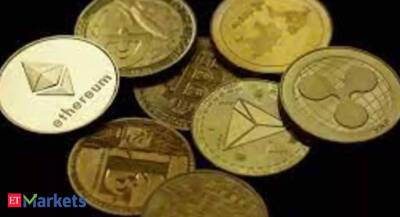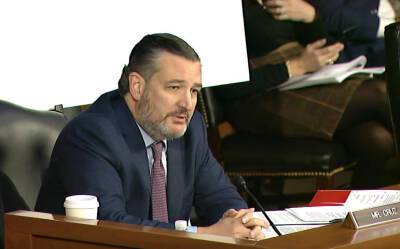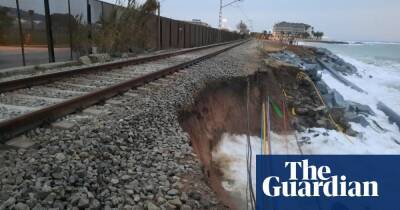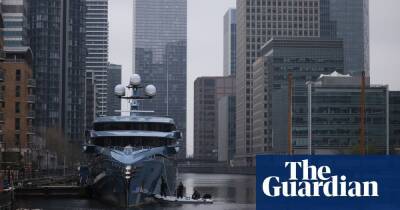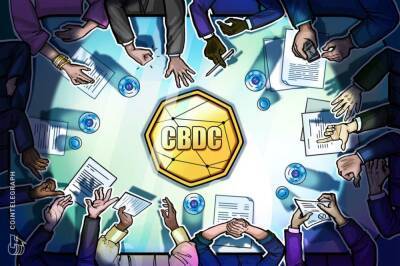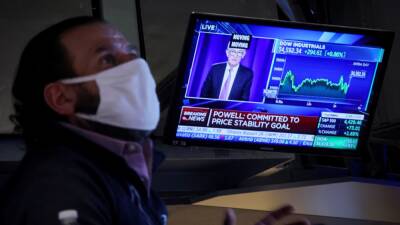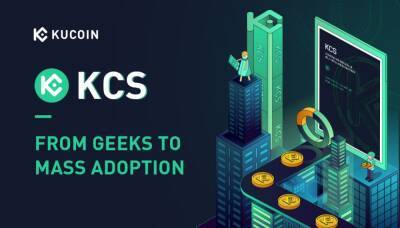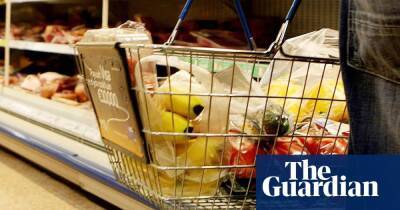Fed Can’t Stop Prices From Going Up Anytime Soon, But There’s Good News, Too
Jeffery S. Bredthauer, Associate Professor Of Finance, Banking and Real Estate, University of Nebraska Omaha.____
The Federal Reserve has begun its most challenging inflation-fighting campaign in four decades. And a lot is at stake for consumers, companies and the U.S. economy.
On March 16, 2022, the Fed raised its target interest rate by a quarter point – to a range of 0.25% to 0.5% – the first of many increases the US central bank is expected to make over the coming months. The aim is to tamp down inflation that has been running at a year-over-year pace of 7.9%, the fastest since February 1982.
The challenge for the Fed is to do this without sending the economy into recession. Some economists and observers are already raising the specter of stagflation, which means high inflation coupled with a stagnating economy.
As an expert on financial markets, I believe there’s good news and bad when it comes to the Fed’s upcoming battle against inflation. Let’s start with the bad.
Inflation began accelerating in fall 2021 when a stimulus-fueled demand for goods met a COVID-19-induced drop in supply.
In all, Congress spent USD 4.6trn trying to counter the economic effects of COVID-19 and the lockdowns. While that may have been necessary to support struggling businesses and people, it unleashed an unprecedented bump in the US money supply.
At the same time, supply chains have been in disarray since early in the pandemic. Lockdowns and layoffs led to closures of factories, warehouses and shipping ports, and shortages of key components like microchips have made it harder to finish a wide range of goods, from cars to fridges. These factors have contributed to a worldwide shortage of goods and services.
Any economist will tell you that
Read more on cryptonews.com


